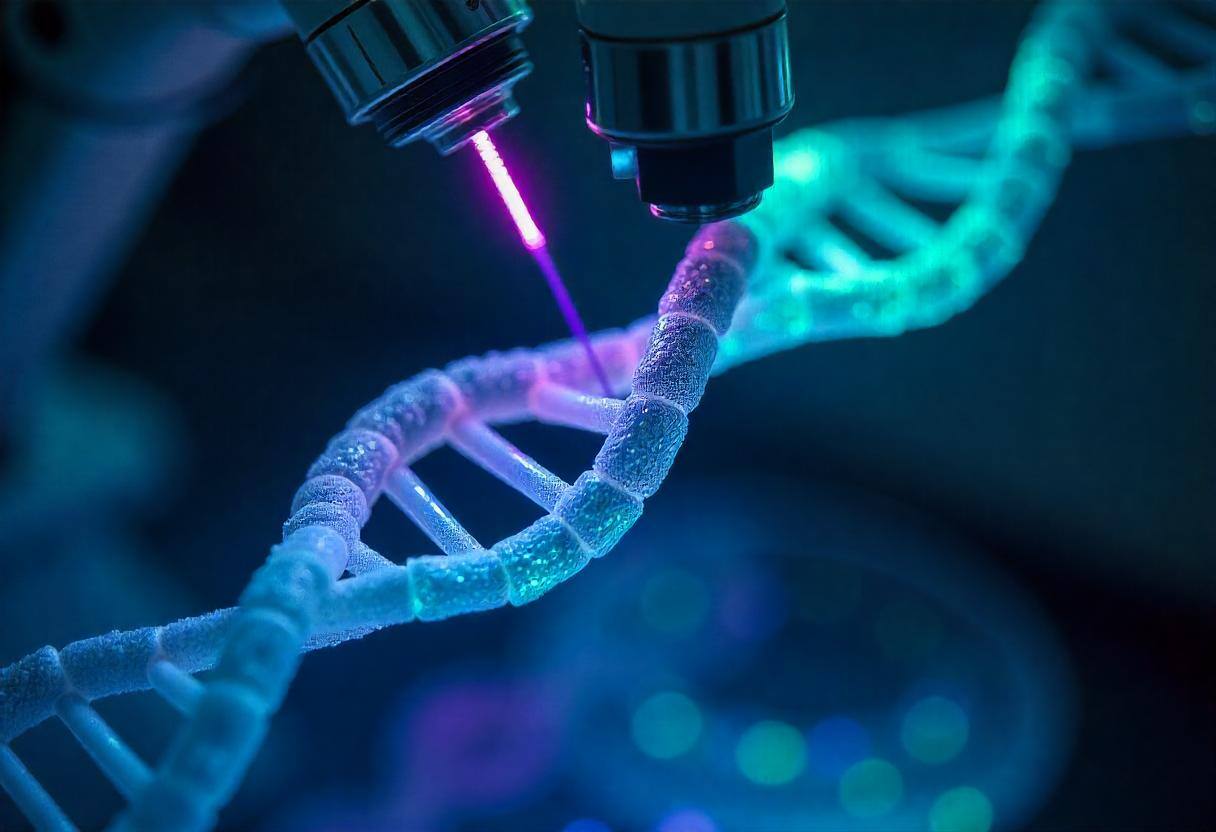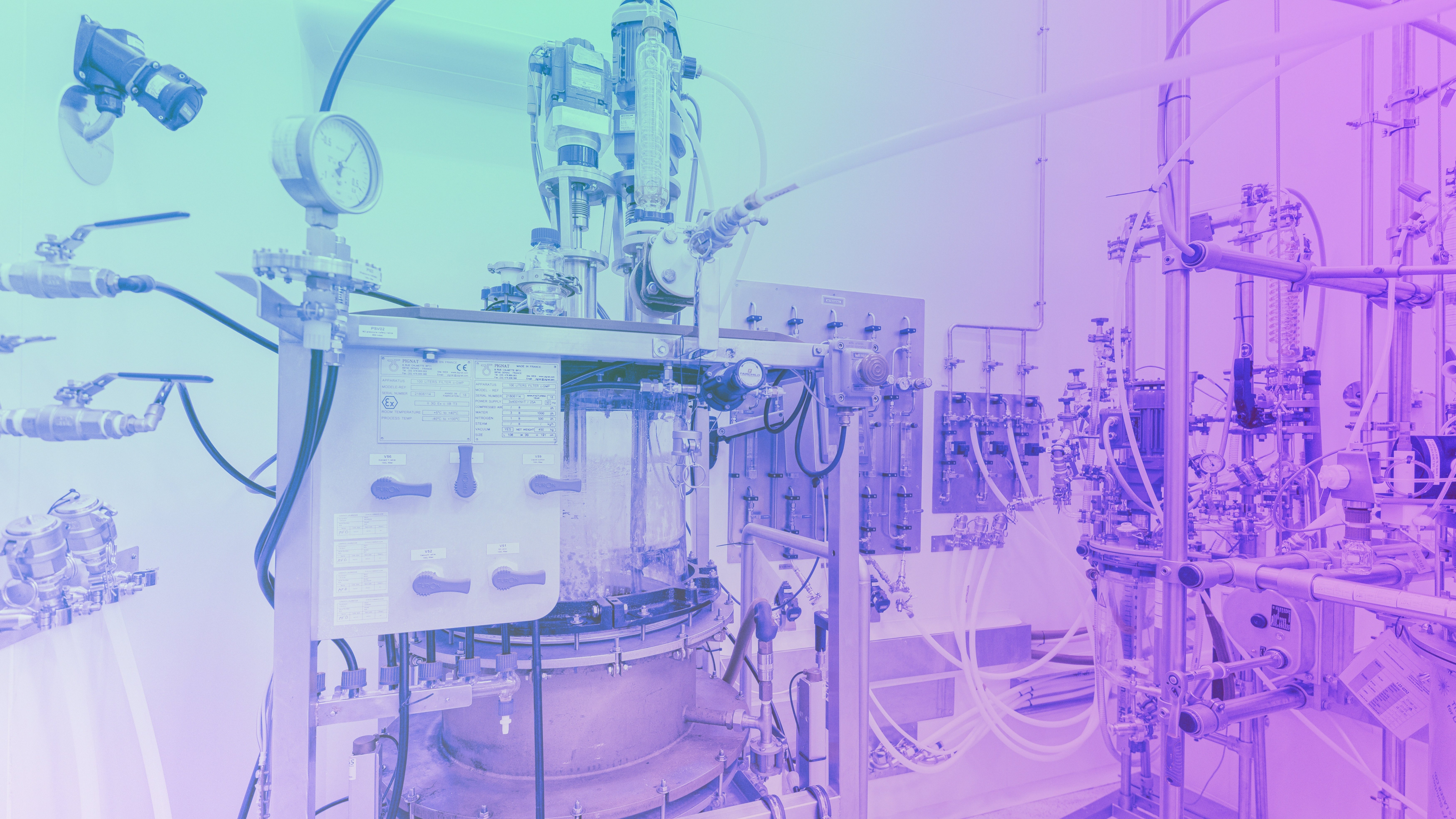Nanoparticle-based drug delivery has revolutionized how therapeutics can be transported and released within the human body. By adjusting the design and manufacturing process, scientists can control both where and how the treatment accumulates, ultimately enhancing the drug’s effectiveness. Two predominant methods are Passive Targeting (relying on size and tumor microenvironment) and Active Targeting (requiring specialized ligand attachments for precision binding). Although more complex and costly, Active Targeting offers higher specificity and reduced off-target side effects. By contrast, Passive Targeting remains simpler and often relies on natural tumor characteristics. Many researchers employ a combined approach,first capitalizing on passive accumulation, then harnessing active binding for robust cellular uptake.
In this new episode of Nano Talks, we present a brief overview of the major requirements and considerations for planning and executing PPQ for Excipients.
Passive vs. Active Targeting in Nanoparticle Drug Delivery: Mechanisms, Benefits, and Challenges
A key concern for scientists is how to get the encapsulated drug to the specific site in the body that is required to treat the disease. A nanoparticle can be formulated to protect the cargo (i.e., the API), but the functionality of the nanoparticle itself will impact the overall efficacy of the drug. When formulating the nanoparticle, scientists have historically relied on a Passive method of targeting to ensure that the nanoparticle reaches its intended destination. Passive Targeting relies mostly on the control of the nanoparticle’s size during manufacture as a key characteristic to control where in the body the nanoparticle ultimately accumulates. Passive Targeting can also involve the exploitation of inherent tumor characteristics, like leaky vasculature and poor lymphatic drainage, to accumulate nanoparticles in the tumor microenvironment without specific surface modifications to the nanoparticle itself.
On the other hand, a more complex method of formulating nanoparticles is called Active Targeting. Active Targeting requires additional formulation steps and involves functionalizing nanoparticles with specific ligands (e.g., antibodies, peptides, etc.) that will ultimately bind to specific cell receptors on the target cells. This allows for higher specificity, increased cellular uptake, and a reduction in off-target effects. As mentioned previously, these nanoparticles are more complex to design and are thus more costly. There are two methods of conjugation that can be used to obtain a nanoparticle that is capable of Active Targeting; they are direct conjugation and post-insertion conjugation. The main differences between the two conjugation methods are when and how during the manufacturing process that the ligand is attached.
In direct conjugation, the ligand is linked to the nanoparticle during the initial synthesis of the nanoparticle, or immediately afterwards. This can often be accomplished with covalent bonding (amide bond formation) and has the advantage of having a relatively strong attachment of the ligand to the outside of the nanoparticle in a uniform distribution. This requires specific chemistry and stable control of the conditions of the formulation because, if not done appropriately, this addition can impact the stability and self-assembly of the nanoparticle. With post-insertion conjugation, the ligand is inserted after the nanoparticle has been formed. This is achieved, primarily, by introducing a ligand-functionalized lipid or polymer into formed nanoparticles. This can be achieved through hydrophobic interactions and by exploiting non-covalent affinity. While this approach allows for flexible ligand attachment, there may be lower ligand stability than when compared to direct conjugation. Additionally, there is the risk of ligand detachment in biological environments. There may be issues when applying the post-insertion conjugation method to LNPs, because of the solid core. However, you can boost the efficacy of post-insertion conjugation through formulation development work internally or at a CDMO
Comparison Summary
|
Method |
Passive Targeting |
Active Targeting |
|
Mechanism |
Size-dependent accumulation |
Ligand-receptor interactions |
|
Specificity |
Low |
High |
|
Complexity |
Simple |
Requires surface modifications |
|
Effectiveness |
Depends on tumor vasculature |
More controlled and targeted |
|
Limitations |
Not effective for all diseases |
Costly and complex to manufacture |
Both strategies can be combined to enhance targeting efficiency. For example, a nanoparticle can be designed to first accumulate via passive targeting and then actively bind to specific receptors for better cellular uptake.
Conclusion
While each targeting strategy offers unique advantages and faces its own challenges, they are not mutually exclusive. Passive Targeting leverages size and tumor microenvironments, whereas Active Targeting employs precise ligand-receptor interactions. By optimizing both approaches, sometimes even in the same formulation, researchers can achieve higher efficacy, improved safety profiles, and ultimately better patient outcomes.
Voice of the experts
"We’re exploring new conjugation methods to make ligand attachment more robust and cost-effective, because that’s the key to translating nanoparticle technologies from the lab to the clinic."
Carles Felip , Head of Business Development at Curapath
"Combining both Passive and Active Targeting strategies could truly maximize the therapeutic potential of nanoparticles while minimizing side effects."
Lidia Herrera , R&D Chemistry Manager at Curapath
Are you exploring nanoparticle targeting strategies for your drug delivery system? contact an expert to guide you through the process with confidence.




